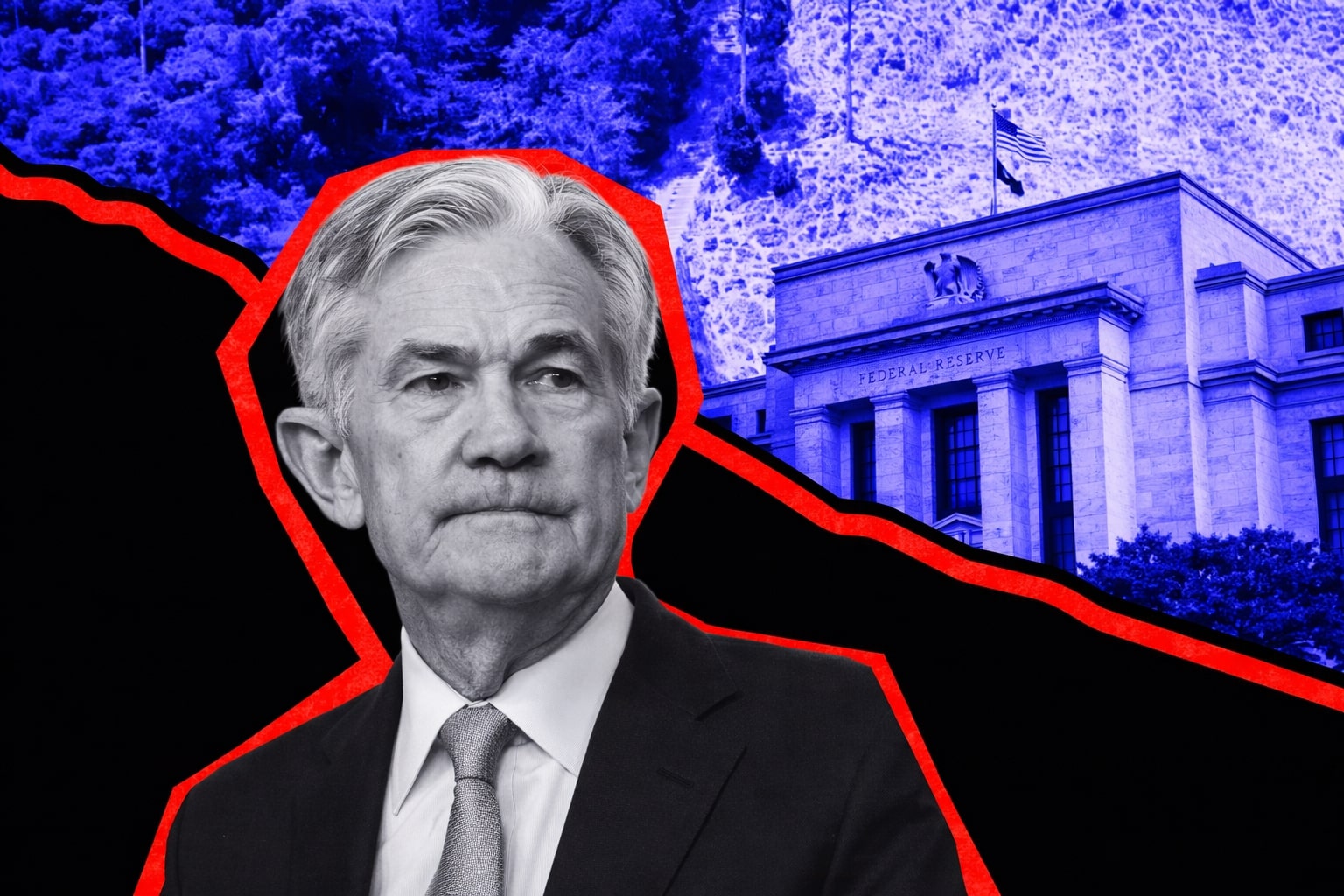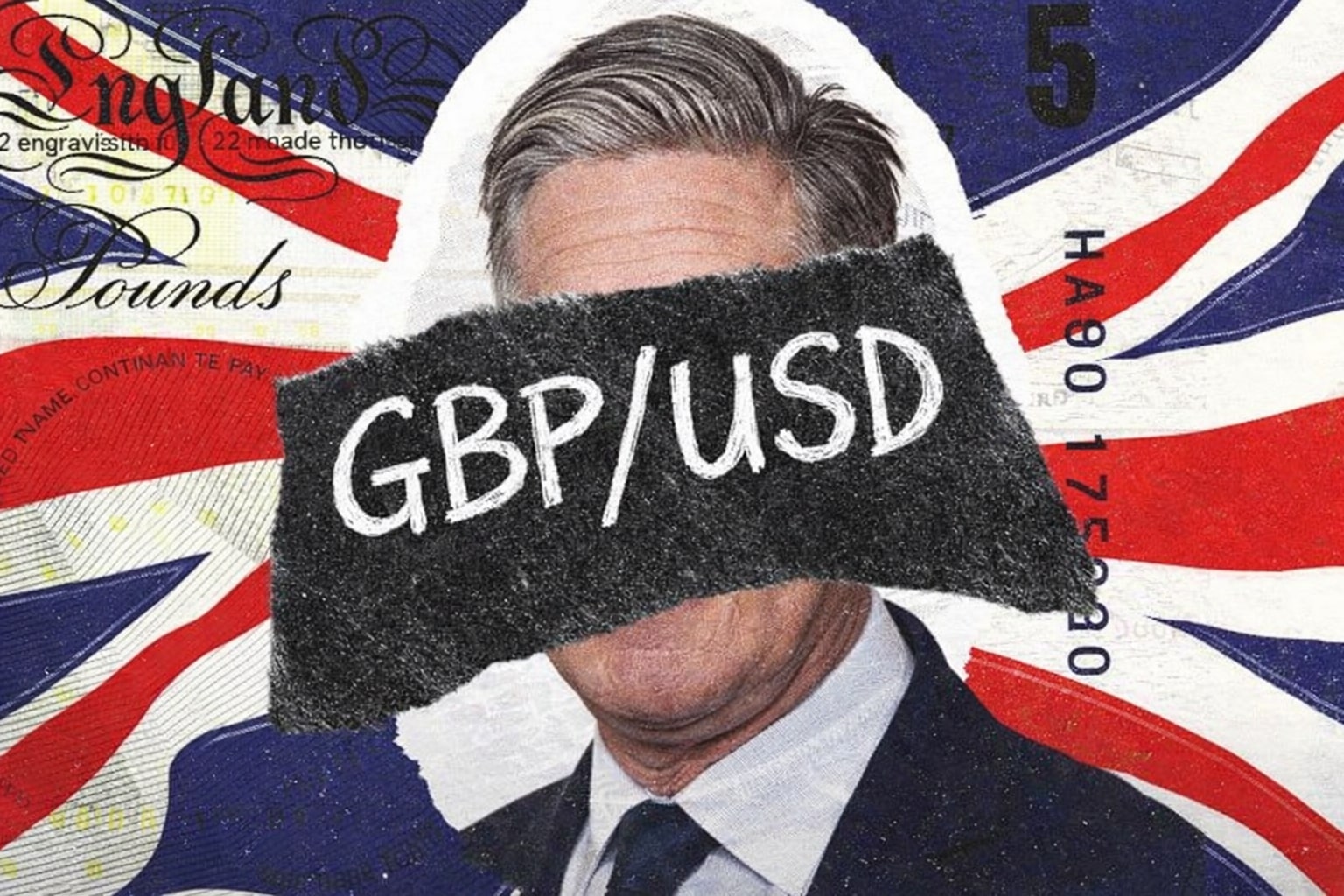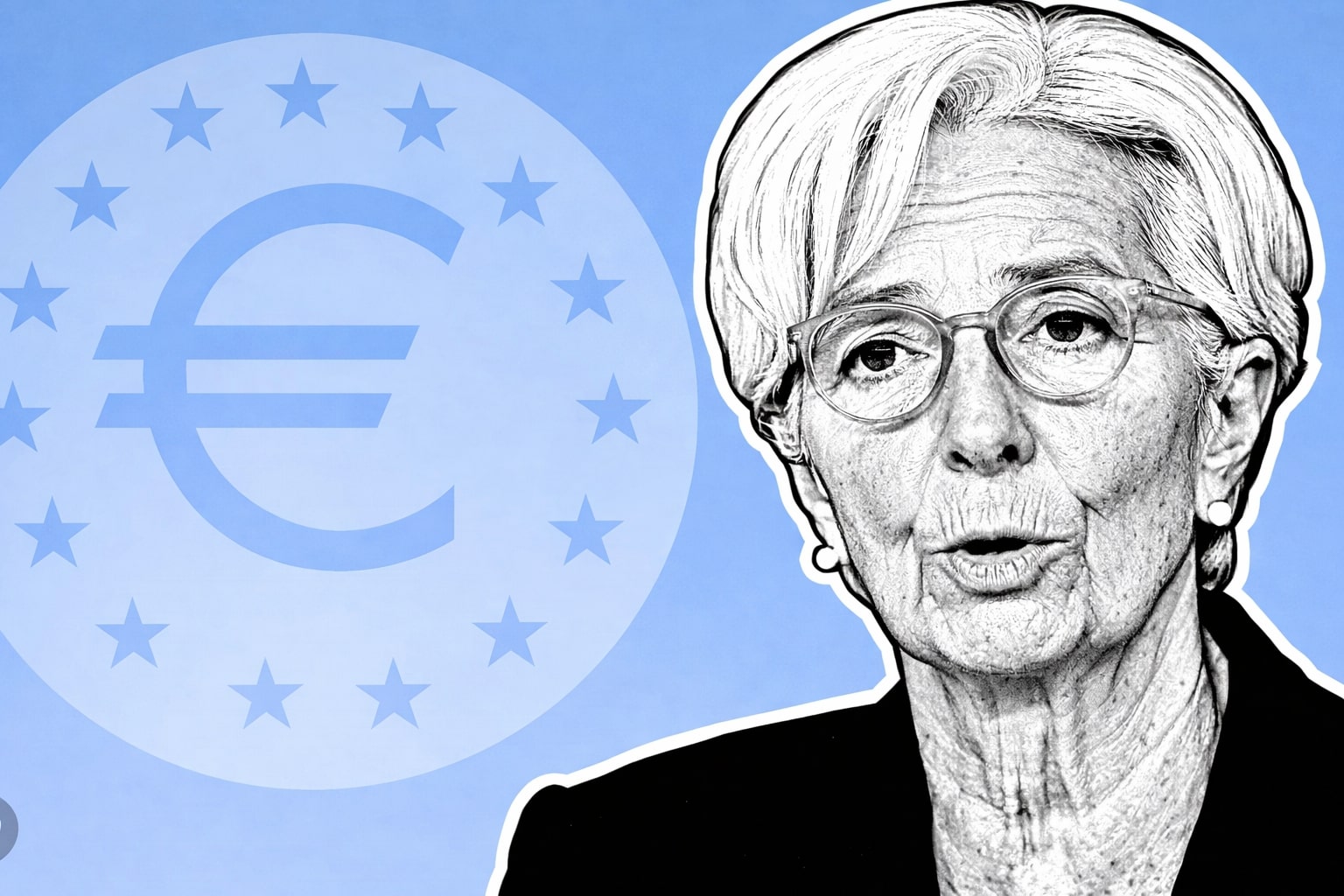U.S. Tariff Shock Drives EUR/USD Lower Despite Long-Term Bullish Structure
The announcement of sweeping 30% tariffs on all EU exports to the United States, effective August 1st, has become the dominant driver of EUR/USD price action. Over the weekend, President Trump’s trade decree triggered immediate safe-haven demand for the U.S. dollar, undermining the euro across both spot and futures. This policy move derailed euro bulls temporarily, with EUR/USD slipping below the key technical zone of 1.1806, closing the week with a bearish candlestick formation and a sharp -0.70% weekly decline.
The policy dynamic sharply contrasts with the pair’s macro backdrop. Until last week, the EUR/USD pair was trading within a well-defined long-term bullish channel. Despite the macro trend, the pair failed to print a daily close above the $1.1806 resistance, a level now acting as a pivotal line between upside continuation and deeper retracement. Traders watching for momentum confirmation are unlikely to initiate long exposure unless this resistance is reclaimed on a closing basis.
Euro Zone Inflation vs. Trade Fallout: Germany Wholesale Prices Miss Targets
Economic data from the eurozone added another layer of downward pressure. Germany’s Wholesale Price Index for June came in at +0.9% year-over-year, overshooting expectations of just +0.1%. While this initially hinted at sticky inflation, it failed to ignite euro strength. The market quickly repriced the print as inconsequential in the face of the tariff announcement. With the eurozone lacking a cohesive inflation narrative and ECB policymakers remaining largely dovish, any temporary upside sparked by pricing data was erased.
This reaffirms the idea that EUR/USD is presently driven more by U.S. fiscal aggression and political capital than eurozone domestic macro strength. The overwhelming influence of U.S. policy risk is effectively neutralizing European data, and traders are prioritizing tariff headlines over CPI forecasts.
U.S. Dollar Index Surge Pressures EUR/USD Toward Key Support Levels
The U.S. Dollar Index (DXY) printed a strong bullish engulfing candlestick on the weekly chart, closing near its high. Though technically still trapped below long-term resistance, the DXY’s surge reflects a risk-off bid driven by Washington's aggressive protectionist shift. Markets are now anticipating three additional rate cuts by the Fed in 2025, but this outlook is being temporarily ignored due to near-term dollar strength.
In this environment, EUR/USD finds itself cornered between fundamental bullish bias and short-term bearish momentum. Immediate support rests at the 1.1675 – 1.1690 zone, which has held firm despite the recent pullback. A break below that would expose 1.1575 – 1.1590 as the next logical target. The path toward the upside will require a major risk sentiment shift and a de-escalation in U.S.-EU trade tension.
EUR/USD Volatility Expands As Macro Policy Divergence Deepens
Volatility indicators confirm a shift in FX dynamics. Last week, over 41% of key currency pairs experienced moves greater than 1%, underscoring heightened cross-border uncertainty. While the Aussie dollar surged and the Japanese yen lagged, the euro’s performance ranked weak due to dual pressure from protectionism and tepid economic beats.
Despite this, historical behavior of EUR/USD suggests it trends well over medium-term windows. Once short-term tariff shock fades, structural support should return. For now, price action remains hostage to headlines, with technical traders watching daily closes for breakout validation. Until that occurs, momentum favors further downside or range-bound chop.
U.S. CPI and PPI in Focus: Potential Reversal Catalyst for EUR/USD
Markets are awaiting critical U.S. economic data in the form of Consumer Price Index (CPI) on July 15 and Producer Price Index (PPI) shortly thereafter. These will test the strength of the dollar’s recent rally. A weaker-than-expected CPI or dovish guidance from the Fed could unwind recent greenback strength and offer a catalyst for EUR/USD to retest 1.1806 or higher.
Retail sales data and weekly jobless claims are also key, though they rank secondary to CPI in terms of potential FX impact. If the CPI undershoots while trade rhetoric eases, a quick return above 1.1800 could trigger stop orders and lead to a fast bullish extension.
Technical Structure: Key Zones That Will Define the EUR/USD Path Forward
The technical map for EUR/USD is clear:
-
Resistance: 1.1806 remains the gate for any bullish move.
-
Immediate support: 1.1690, which is currently holding.
-
Deeper support: 1.1575 – 1.1590 zone, with additional protection near 1.1530.
-
Below 1.1530: Risks accelerate for a fall to the 1.1400 area.
The currency pair still sits within a long-term rising channel, but the short-term breakdown below 1.1806 has shifted momentum firmly in the dollar’s favor. Technical oscillators show neutral-to-bearish momentum, while volume patterns suggest defensive positioning.
Verdict: Hold EUR/USD as Tariff Volatility Dominates Near-Term Action
While the long-term structure remains bullish, the new tariff regime has created a short-term bearish shock in EUR/USD. Given strong dollar momentum, geopolitical tension, and a failure to reclaim 1.1806, traders should refrain from initiating fresh longs unless there is a daily close above $1.1806. Similarly, the downside is cushioned by key supports at 1.1675 and 1.1590, meaning aggressive shorts also carry risk.
Verdict: Hold EUR/USD. Do not initiate new positions until price action reclaims a bullish close or breaks under 1.1575. The coming week’s CPI data will define whether to shift toward Buy or Sell, but until then, patience and caution are warranted.




















